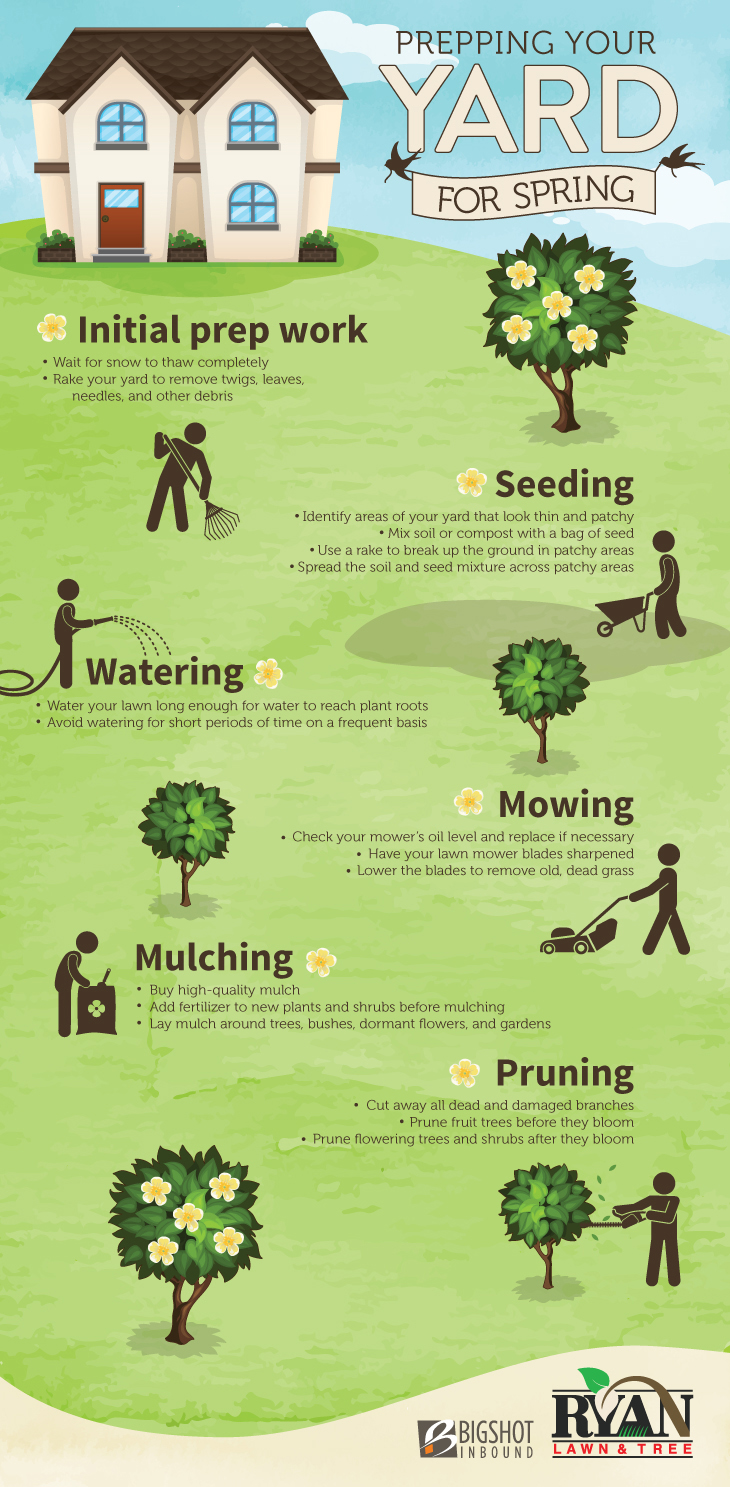Securing Your Landscape: Replanting After Tree Removal
Securing Your Landscape: Replanting After Tree Removal
Blog Article
Web Content Create By-Bang Adams
Tree removal can leave a gap in your landscape that needs filling. You can plant something new in that room, but it takes extra care and focus at the starting to help it prosper.
The dirt in that location will keep transforming with time as microbes break down the old roots. That can influence the vitamins and mineral equilibrium and physical room for new development.
Soil
The soil in a story where a tree has actually been eliminated is most likely to be extremely various from the rest of your yard or yard. read this post here of the old tree and the stump will have transformed the soil, removing some nutrients and possibly crowding out other plants. Furthermore, if the previous tree was unhealthy, the infectious representative may still be in the ground.
The presence of roots cultivates an abundant and varied area of soil microorganisms that enhances important procedures like nutrient cycling and raw material decay. Without these microorganisms, the displaced dirt can come to be much less productive and nutrient-depleted, with a negative impact on plant growth.
Prior to replanting, the soil should be eliminated of particles and organic product (such as timber chips from stump grinding). You might desire to mix in potting dirt or native dust with this compost to provide your brand-new growing with a setting that is well balanced and full of nutrients.
Water
Tree roots take in large amounts of water from the dirt. This procedure additionally includes nutrients back to the dirt, particularly nitrogen, which is important for brand-new trees and plants. Unfortunately, old soil can be depleted of these essential minerals because of the rotting origins and stump from a gotten rid of tree.
This is why it's important to have a prepare for the future of your landscape. Ideally, the most effective time to plant is when you have a clean slate.
Whether you're growing turf or blossoms, see to it to use a soaker pipe to avoid overwatering your new landscaping. If the area was a garden, make sure to cover the soil with natural compost to assist maintain wetness in the soil, control dirt temperature levels and suppress weeds. This likewise gives a layer of defense for young plants and advertises worm task. Then, frequently restore the mulch to proceed improving the soil nutrient density and microbial life. This is known as dirt remediation.
Light
Trees are an excellent enhancement to any type of landscape, giving shade, aesthetic pulchritude, and lots of other advantages. Nevertheless, often trees end up being unpleasant due to a selection of reasons, including condition, bug infestations and natural aging.
In such instances, it might be needed to get rid of a tree. go here to take into consideration the value of a certain tree in your landscaping and take the proper actions to make certain that the removal is done safely and successfully.
Throughout the late summer season, it's an excellent time to carry out upkeep and examinations on existing trees. Look for indicators of illness, insect infestations, or structural damages, along with any type of prospective dangers such as weakened or leaning trees.
Prior to starting any type of construction tasks, make certain to shield the origin areas of existing trees by avoiding soil compaction and grading around them. Raw material, as it breaks down, can create noxious gases that are damaging to the roots of a tree. It's also a great concept to mulch the location around a tree after building and construction has completed to conserve dampness and subdue weed development.
Temperature
Trees are important to a landscape for their aesthetic charm, but they likewise play an essential role in the local ecosystem by giving shade and windbreaks. They support wildlife habitats and decrease the amount of co2 airborne, which can contribute to global warming. This is why it is a good idea to replant trees after eliminating one from the residential property.
When replanting a new tree in the location of a previous stump, the soil may not have enough nutrients to support it. It is best to await a year prior to planting to ensure that the soil will be abundant in nutrients.
To ensure that replanted trees thrive, it is crucial to supply them with correct care. A layer of mulch will certainly maintain dirt wetness from evaporating, regulate soil temperature level, and aid suppress weeds. Organic mulch is the preferred option since it improves soil fertility. Continuous fertilizing and parasite control are also necessary for replanted trees.